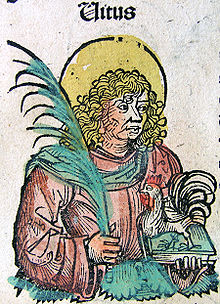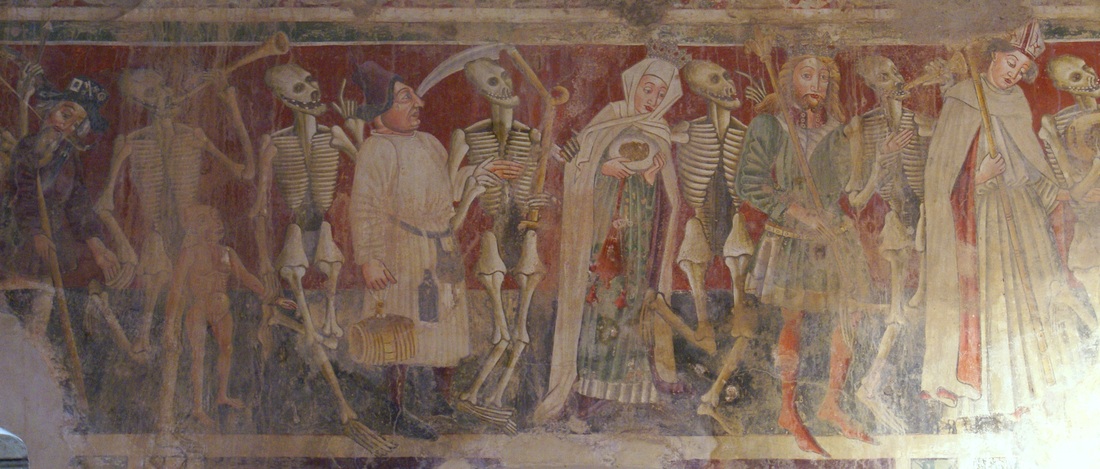Susanna the poultry woman explains that Sir Terence’s clumsiness and his temper are part of a family curse: a curse known as St. Vitus ’ Dance.

In Sir Terence’s case, the symptoms point to a hereditary disease now known as Huntington's disease. This neurodegenerative genetic disorder affects muscle coordination and leads to mental decline and behavioral symptoms. The disease begins with subtle problems with mood or cognition. This is followed by a lack of coordination and an unsteady gait. Uncoordinated, jerky body movements and mental abilities increase, often ending in dementia. Physical symptoms can begin at any age, but usually begin between 35 and 44 years of age and develop earlier at a younger age for each successive generation, a bad sign for Terence’s son Tobias.
Other food poisonings may have contributed to some of the outbreaks. This is certainly one theory held by the sufferers themselves, who sometimes accused Jews of poisoning their wells and drove them from town in a misguided attempt to stop the malady.
Surely a few participants were hysterics, epileptics or mentally disturbed. Other modern researches have suggested that sufferers were afflicted with a mass hysteria that was more psychological in nature. Others believe that sufferers were actually participating in some cult, and that St. Vitus Dance was more akin to a Bacchanalian ritual than a malady. Perhaps all of the above is true at different places and times. The Middle Ages were a long period of time.




